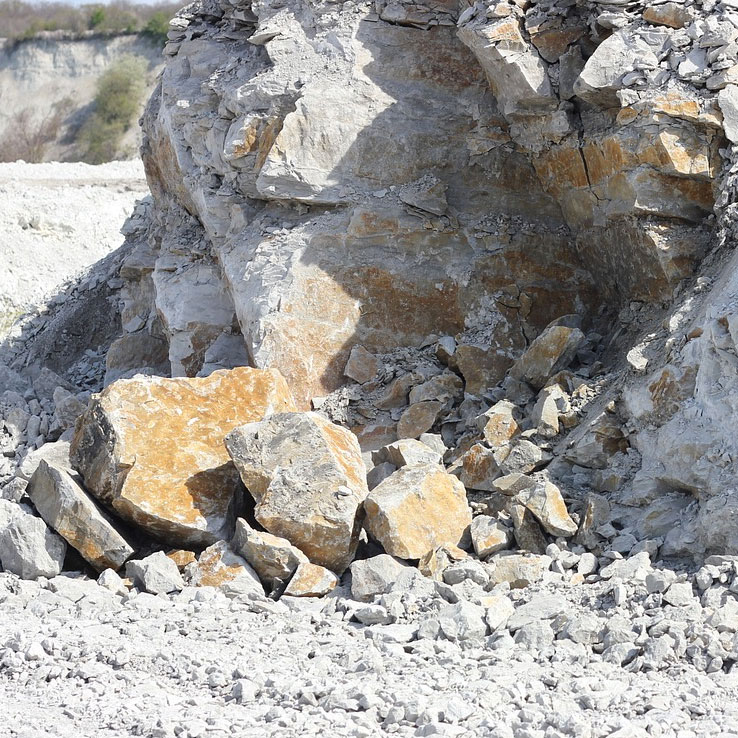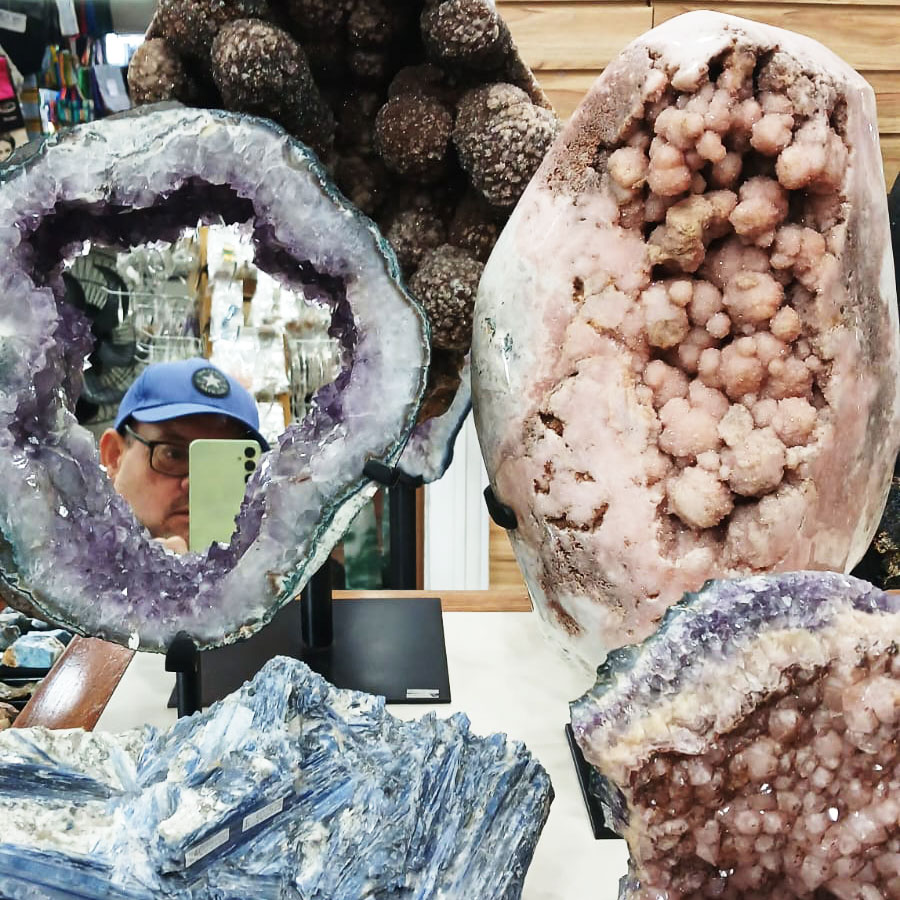When it comes to sculpting, we have a wide range of materials to choose from. From Soapstone to Limestone, each material offers unique properties that can enhance the creative process. One material that has gained popularity among us as sculptors is soapstone. Renowned for its versatility and ease of use, soapstone has become a favored choice for us looking to bring our imaginative visions to life. In this article, we will explore why soapstone has become on of our preferred mediums for sculptors and the various benefits it offers.
1. A Soft and Workable Gem:
Soapstone, a metamorphic rock composed mostly of talc, is known for its soft and smooth texture. Its fine-grained nature allows sculptors to easily shape and mold it with simple tools such as chisels and rasps. Unlike harder stones like marble or granite, soapstone requires minimal effort to carve, making it an ideal choice for both beginners and experienced sculptors.
2. Versatility in Expression:
Soapstone offers a unique range of colors, ranging from pale gray to rich black, with occasional veins of green and pink. These natural variations in color allow artists to create striking contrasts and intricate details in their sculptures. Additionally, soapstone's smooth surface lends itself well to polishing, providing a tactile and luxurious finish to the artwork.
3. Therapeutic and Meditative Qualities:
Working with soapstone is not only a creative process but also a therapeutic one. The act of carving and shaping the stone can be incredibly meditative, allowing artists to find solace and peace in their practice. The softness of the stone coupled with the rhythmic motions of carving can have a calming effect on the mind, nurturing a sense of tranquility and focus.
4. Environmental Friendliness:
Soapstone is an environmentally-friendly material, making it a conscious choice for artists who value sustainability. Unlike other stones that require extensive quarrying and heavy transportation, soapstone can often be sourced locally, reducing carbon emissions associated with long-distance transportation. Additionally, soapstone is non-toxic, making it safe for both artists and the environment.
5. Durability and Longevity:
While soapstone may be soft and easily workable, it is surprisingly durable. Once carved and finished, soapstone sculptures can withstand the test of time, making them suitable for both indoor and outdoor display. Its resistance to heat and weathering ensures that the artwork remains intact, allowing future generations to appreciate the artist's vision.
6. Cultural Significance:
Soapstone has a rich cultural history dating back thousands of years. Many ancient civilizations, such as the Inuit and Native Americans, utilized soapstone for their artwork and functional items. By choosing soapstone as a medium, modern sculptors pay homage to this tradition, bridging the gap between past and present, and preserving a valuable part of our collective heritage.
7. Accessibility and Affordability:
Compared to other sculpting materials like marble or bronze, soapstone is relatively more accessible and affordable. Its availability in various sizes and shapes allows artists to experiment and explore different techniques without breaking the bank. This accessibility makes soapstone a suitable choice for artists at any stage of their career, fostering inclusivity and creativity.
8. Minimal Maintenance:
Soapstone sculptures require minimal maintenance, further adding to their appeal. Unlike other materials that may require regular sealing or protection from the elements, soapstone naturally maintains its beauty and finish. This low-maintenance characteristic allows artists to focus on their creative process without the added worry of preserving the artwork's integrity.
Conclusion:
In conclusion, soapstone's unique qualities make it an excellent choice for sculptors worldwide. From its soft and workable nature to its versatility in expression, soapstone provides artists with a medium that is both accessible and environmentally-friendly. Whether for its therapeutic benefits or its cultural significance, soapstone continues to captivate the imagination of sculptors, allowing them to bring their creative visions to life in a tactile and enduring form. So, next time you admire a beautifully carved sculpture, remember that it might just be the result of an artist's love affair with soapstone.



